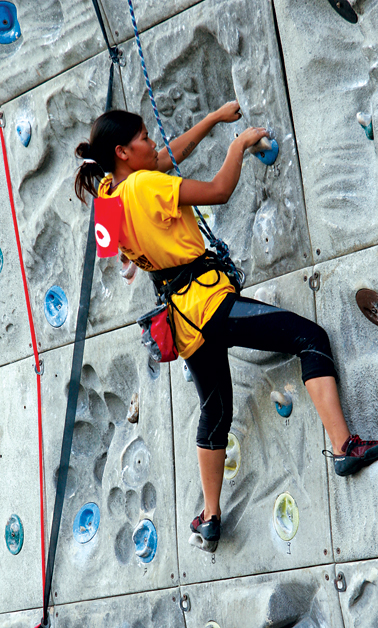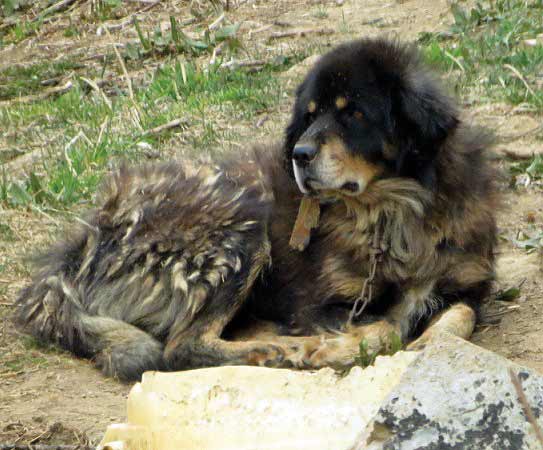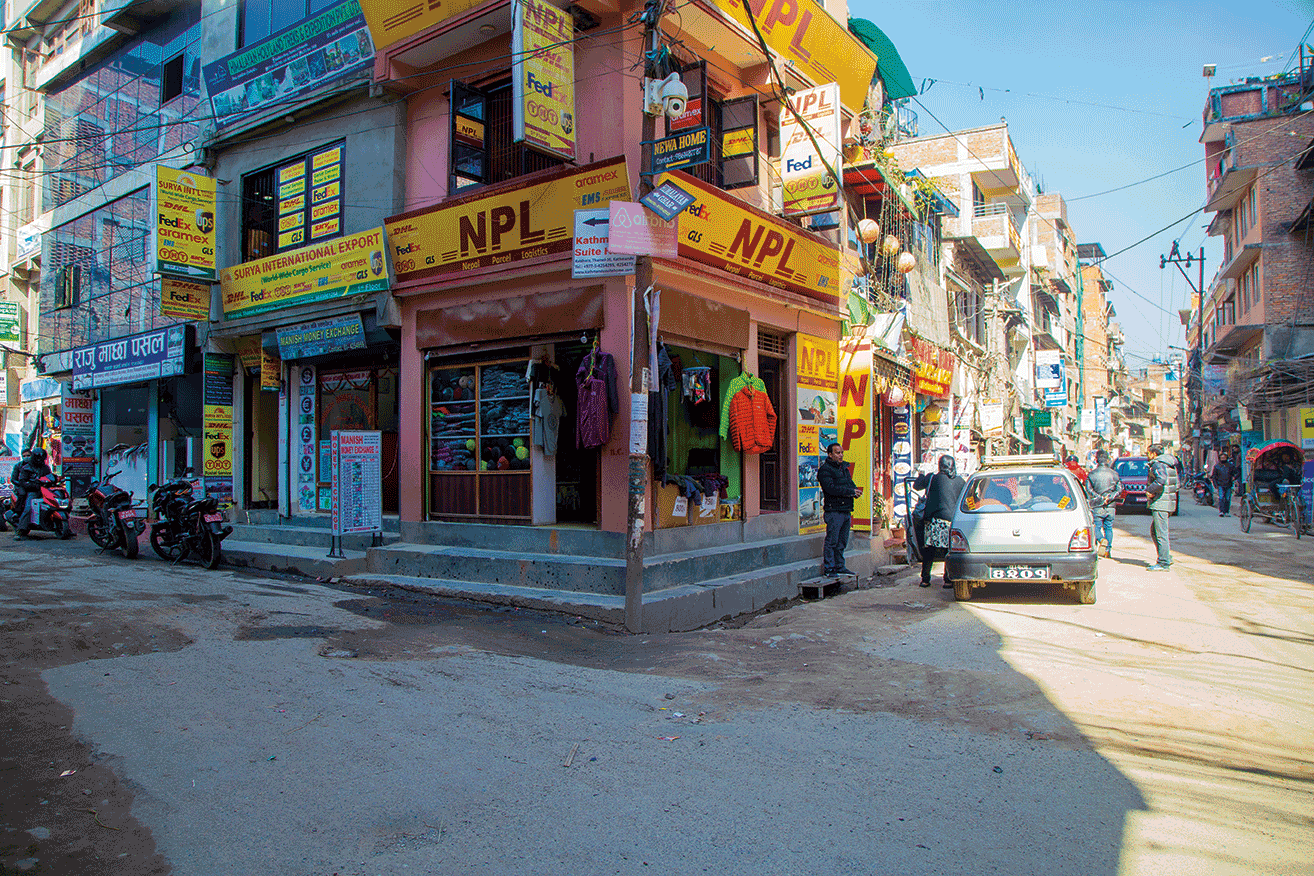You can grunt and heave, sweat and strain, wear yourself out, and unless you simply forget about it and step up, you won’t even get off the ground.
(Mike Borghoff, mountaineer and writer for Summit magazine)
 There was plenty of grunting and heaving, sweating and straining, and youthful bodies becoming more and more worn out in Kathmandu’s two-day 4th National Open Climbing Competition 2009. Held at Nepal’s best venue for artificial wall climbing, the Pasang Lhamu Mountaineering Foundation (PLMF) at Chakrapath’s Shanka Park, a staggering 57 contestants had reserved their place to battle it out for the respective crowns of Nepal’s top male and female climbers.
There was plenty of grunting and heaving, sweating and straining, and youthful bodies becoming more and more worn out in Kathmandu’s two-day 4th National Open Climbing Competition 2009. Held at Nepal’s best venue for artificial wall climbing, the Pasang Lhamu Mountaineering Foundation (PLMF) at Chakrapath’s Shanka Park, a staggering 57 contestants had reserved their place to battle it out for the respective crowns of Nepal’s top male and female climbers.
The climbing competition was established in 2002 and despite a few years in which organizers were unable to raise the funding necessary to run the competition, the popularity of wall climbing has nonetheless grown at an exponential rate, ensuring 2009 was its biggest and most intense yet. With ABC TV on-site filming a live broadcast, audience turn-out was substantial as friends and family of climbers, as well as scores of curious observers, added to the throng of established mountaineers and instructors.
Helping to get the event off the ground, as it were, were several of Nepal’s notable figures, including Communist Party of Nepal (Unified Marxist-Leninist) General Secretary Ishwar Pokhrel, Ang Rita Sherpa, and none other than Tenzing Norgay’s grandson, Tashi Sherpa, whose heartfelt speech had the admiring crowd on the edges of their seats.
“It gives me great honor today to see more young climbers of Nepal together at Pasang Lhamu. It is our duty to continue the great spirit of adventure and pass these traditions on to our children. Rock-climbing brings great inspiration to us in all aspects of our lives. I wish all participants a safe and wonderful competition.”
And with these words, the challenge to find the country’s male and female champ was on.
Backed by pumping dance music and an air of fevered anticipation, the 50 male contestants lined up to compete for a place in the first day’s qualifying round. Rules were strict and clarified to the nth degree. Climbing is a methodical sport, almost like a physical game of chess. The ruthless jury’s watchful eyes ensured just one false move carried with it instant disqualification. More importantly, there was no compromising on safety and staff thoroughly trained in first aid were on hand throughout.
Before the wall could be scaled, two experienced route-setters planned a different course for each round of the competition and each category. Marking a very difficult diagonal route for the men’s qualifying round, contestants’ nerves were put to the test as one by one each was brought out to the wall, strapped into his harness and verbally guided through the course, which included navigating a very daunting 70 degree overhang.
But with so many contestants to whittle down over such a short period, all of differing levels of ability, route-setters were forced to be merciless to ensure only the truly able would qualify. Besides route-setting, the 8-strong jury committee bore the tough responsibility of judging each contestant for discipline, movement and time. In addition, one committee member acted as belayer, harnessed to the climber, paying out lengths of rope as needed while providing a counterweight in the event of a fall.
Due to differences in numbers and ability, men’s and women’s categories were slightly different. Male contestants participated in lead climbing, in which one must navigate along a cordoned-off route, clicking his rope into quickdraws (or anchors) along the path. Lead climbing is considerably more dangerous, as the climbers are at the mercy of a (hopefully) vigilant belayer to ensure any slips will be foreseen and the fall counteracted by the belayer’s weight before the climber is slowly eased down.
Alternatively, women competitors climbed in the much safer top-rope style, in which the rope runs from the ground-level belayer, through quickdraws along the route to the top, and back down where it is attached to the climber’s harness. In top-roping, climbers can only fall a short distance before the slack is taken up by the belayer. Climbers can then be lowered gently to the ground.
The type of physical fitness required to climb is largely misunderstood. When watching contestants pull themselves up the wall it may seem that most of the muscular strength lies in the arms. It is the legs, however, that should really bear the brunt as relying purely on arms to pull oneself up leads to quicker fatigue.
For those interested in adding climbing to their fitness regime, if a new climber doesn’t start off in peak physical condition he or she will definitely move quickly towards it if continued on a regular basis. Although contestants made scaling the wall appear relatively easy, be assured, experiencing it yourself you quickly realize getting to the top is far from just a quick scramble of the old limbs. Climbing is one of those sports that really separates the wheat from the chaff and uncovers (it must be mentioned with great pains) muscles you never thought you had.
You will also find that climbing is just as much a mental challenge as a physical one, and it is often strength of mind that decides who will release his grip and who will reach an arm, burning with lactic acid, up to do the impossible and grip the next hold. This is seen when comparing younger and older contestants. While younger contestants are generally more nimble, older climbers tend to have developed greater clarity of mind to approach the move to the summit in a calm and methodical way, which is also why many noted climbers tend to practice the ancient arts of yoga and meditation in combination with adventure sports.
Speaking of age, it would be remiss not to include some words of wisdom from the eldest climber present, Ang Rita Sherpa, Nepal’s only human ‘Snow Leopard’: “Climbing is good for physical fitness. Not just for me, [but for] old and young alike. People are more curious about health these days, so climbing is very good for that. I was only 15 when I started climbing. Training, training, training makes it work,” he said as he demonstrated the different grips one must master as a climber.
Ang Rita was sure to stress the need for diverse training before making the leap from novice to professional. “To be professional in rock-climbing you need to also do ice-climbing as part of your training. There are three kinds of environments you need to learn in rock, ice and snow.”
Ang Rita is widely respected in Nepal and the world, not just for climbing Everest ten times, but moreover for doing so without the use of oxygen. No mean feat. Despite the potential dangers of lack of oxygen to the body, he explained some of the more quirky side-effects he experienced. “Without oxygen”, he said, “you feel at one moment like you have a full belly, then you take a step and you suddenly feel completely empty of food. And how can you proceed without food?” Sherpa added rhetorically, with a smile.
It’s interesting that holding the Sherpa name almost guarantees a climber will have an inherent talent, as evidenced by the large number of Sherpa contestants competing in the event. Hailing from Nepal’s eastern mountains, Sherpa people are well known for their genetic predisposition to efficient lungs and agility at high altitude.
Besides Ang Rita and Tenzing Norgay, Pasang Lhamu Sherpa (for whom the foundation is name) was the first Nepalese woman to scale Mount Everest and is largely considered to be Nepal’s most famous female mountaineer. Pasang Lhamu Sherpa’s legacy continues long after her death while descending the great mountain in 1993, inspiring men and women alike to face the tough challenges the mountain and life ahead present. Perhaps this goes towards explaining why, after much ado, winners of both the male and female categories at the 4th National Open Climbing Competition were Sherpas.
Ishwar Pokhrel presented the exhausted contestants with the gleaming awards. A very promising Nima Doma Sherpa took the winner’s trophy in the female category and Mingma Sherpa won the male category. (See box.) Mingma Sherpa is now eligible to represent Nepal in future Asian and other international championships.
Sadly, due to small numbers and lack of experience, women contestants were only able to compete in the top-rope competition, thereby not qualifying them for national representation at this stage. But as more and more Nepali women are entering into the largely male-dominated world of adventure sports it’s certain women will have a lead climbing competition of their own before long.
Also present at the event was Maya Gurung, the first Nepali woman to skydive at Syangboche, Everest region. Gurung took the 22,500 ft tandem leap last year, and has also scaled Everest as part of First Inclusive Women Sagarmatha Expedition (FIWSE) in 2008, the most successful women’s expedition to the mountain. The women’s category champ Nima Doma Sherpa was also part of the FIWSE; at the age of 17 she is the youngest woman to climb Everest. Climbing competitor Asha Kumari Singh was also part of the expedition.
After New Zealand, Nepal is the world’s richest country in terms of adventure sports. It is an avenue which is yet to be tapped to its full potential, but with the PLMF charting the territory, along with the efforts of many other dedicated mountaineering associations throughout the country, interest in the sport can only grow and hopefully provide the tourism industry the boost it needs ahead of Nepal’s Tourism Year in 2011.
The 10x10 meter artificial rock wall at the PLMF is the only carbon-fiber wall in Nepal, and is open for a nominal fee for all who wish to experience the adrenaline rush for themselves. Located on Ring Road just past the new Bhat-Bhateni Supermarket in Chakrapath, parking is readily available at the complex and change rooms and showers are provided.
As with the competition, staff has a strong focus on safety and carry out basic training and instruction for those who climb, as well as act as belayers to ensure a safe return to the ground. All necessary equipment such as shoes, harnesses, chalk bags and ropes can be hired or purchased at reception.
Contact the PLMF’s friendly staff by phone at 437.0742, or check the website at www.pasanglhamu.com for further details.










